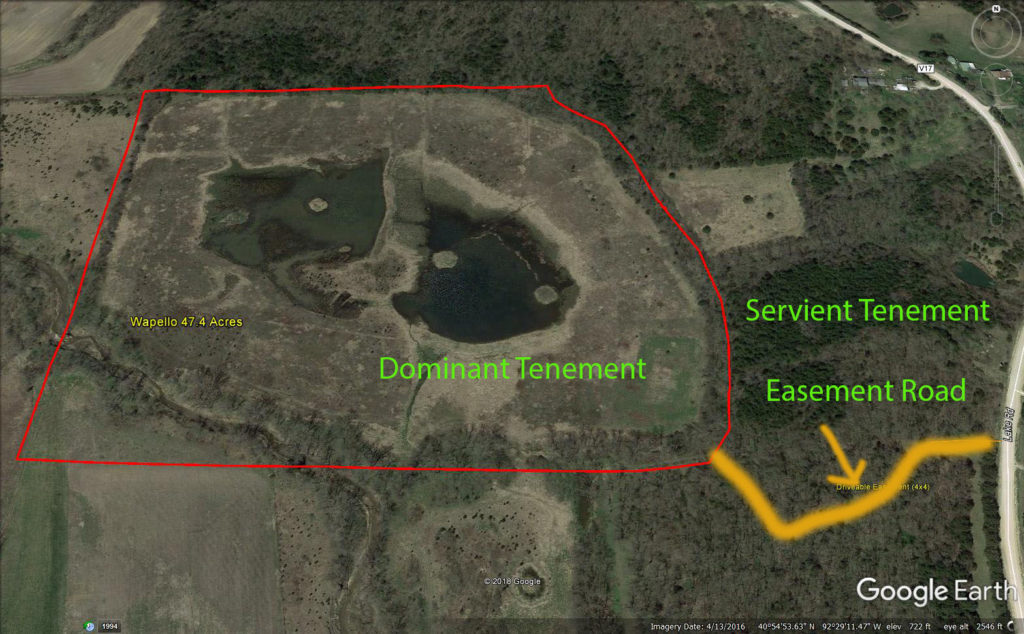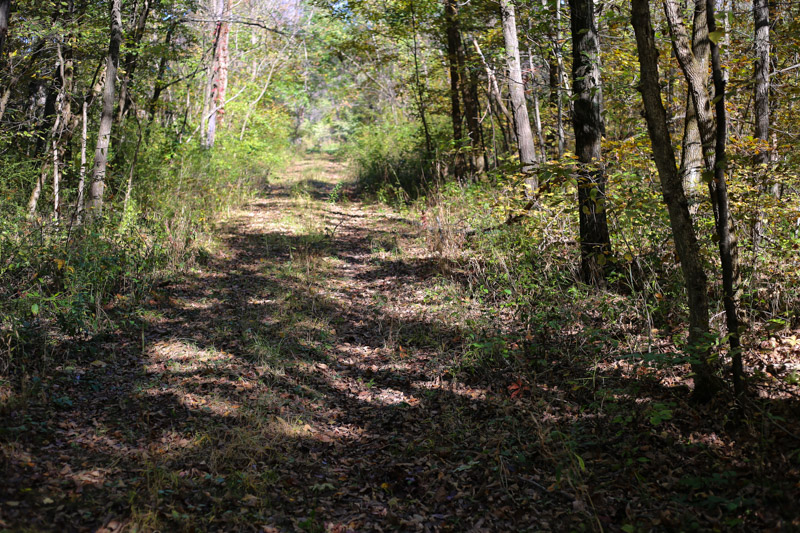All About Land Easements
By Ultimate Land Listings
As a landowner, you probably are aware of the phrase “land easement”. Maybe you’ve had to deal with a land easement issue in the past. Or maybe it’s just a term that you’ve heard floating around out there but don’t really know exactly it is or what some the details about it easements are.
So what is a land – or land-use – easement anyway?
A land easement is really the right to cross and/or to use someone’s else’s land for a specific purpose.
That’s pretty easy to understand, right?
Yes.
But there is more to it than that. Let’s break things down just a bit so that we can get a better understanding of land easements.
Land Easement Breakdown:
An Easement Appurtenant is one that benefits one parcel of land at the expense of another parcel of land. These types of land easements “run with the land” and transfer to the buyer upon the sale. (Note: special — hard to spell and hard to say — names exist with easements). The parcel of land that receives the benefit is the Dominant Tenement. The parcel of land that “serves the other” is the Servient Tenement. (Tenement means, basically, “land that is held by another“).

Let’s look at an example.
Let’s suppose that Johny B. Nice owns “Splendid Patty Cattle Ranch” and grants an easement appurtenant to Mister Crossover who would like to take his jeep over and across Mr. Nice’s hayfield anytime he wishes so that he can easily access a great area along the river that he would like to hike and picnic near. The Dominant Tenement, in this case, is owned by Mister Crossover. The Servient Tenement belongs to Mr. Nice (because his land is doing the “serving”)
Keep in mind that a key factor with this type of land easement is that it transfers with the sale of either landowner’s parcel.
So if Johny needs to suddenly get some cash to pay off his bad gambling habit and needs to sell off his ranch quickly, the easement to Mister Crossover goes with it. That’s right, Mister Crossover will still get to use the land easement that Mr. Nice gave him even though Mr. Nice sold the ranch.
And it goes both ways:
If Mister Crossover decides to sell off his place and move into town, whoever buys his land will have a legal right to still use the easement created between Mr. Nice and Mister Crossover. Confused yet? I hope not. If you are like me, you may need to read through these examples a couple of times to fully understand. The easement, then, “runs with the land“ and transfers with the sale.
Another type of easement is called an “Easement in Gross“.
This type of easement benefits a person or entity and is typically transferred with the sale of the property too. However, the owner of such an easement is not allowed to transfer their easement to another person or entity without permission from the owner of the land. These types of easements are often given to utility companies, for instance, for access rights to check on power lines, buried pipes, etc.
There are several ways in which Land easements may be created:
First off, land easements may be expressed — that is written down and agreed upon by both parties involved.
These are the most typical type of land use easements in most cases. It’s pretty straightforward. Both sides simply sit down and agree upon the land easement details. The parties then sign and date the land easement and record it with the deeds of the properties in use.
Easements can arise by implication when a single parcel of land is divided. If use of a part of the original land, for instance, is implied for continued enjoyment of the land by the buyer and the seller of the divided parcel, then an easement by implication arises.
An Easement By Necessity arises when the use of the divided land by the new owner is deemed necessary to access a road or utility.
A different type of land easement called an Easement By Prescription.
An easement by prescription is created when a neighbor of a given tract of land uses an area or space of an adjacent property for a given period of time in a certain fashion.
That fashion must basically be, in most instances, open and notorious — not hidden or secretive. And, the use must actually happen and it must happen over a given period of time for an easement to be granted “by prescription” (often 5-20 years). Further, the use must be “adverse” to the owner, thus without their permission.
Land Easements exist until they are terminated by any one or more of several ways:
Abandonment — This is when a land easement holder takes affirmative action to abandon the land-use easement.
Express Agreement — This is when both sides agree in writing to end the land easement.
Merger — This happens when the land easement holder takes ownership of the servient tenement.
Ending by necessity — This happens when the land easement is no longer needed.
Full Disclosure Notice:
Note that although we try our best to make these blog posts accurate, we are not lawyers!
Please always seek legal counsel and advice when seeking anything more than a basic understanding of these things. There are serious legal consequences surrounding anything and everything to do with easements and you owe it to yourself and to everyone else not to get your detailed advice here. You need it to get it from a good real estate attorney! This article is meant to act as a basic guide to land easements and their use in general and should in no way be taken as legal advice.


